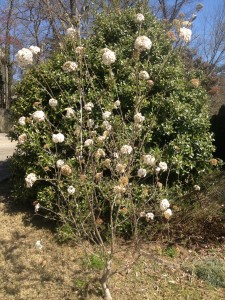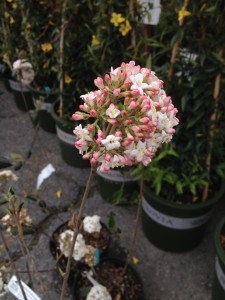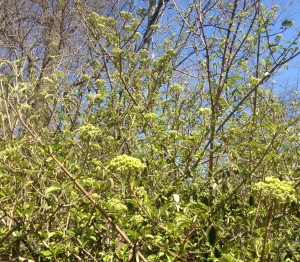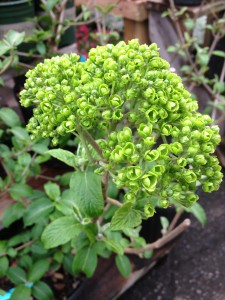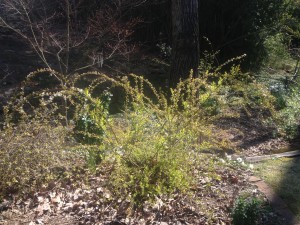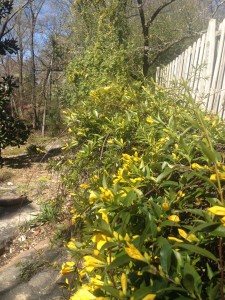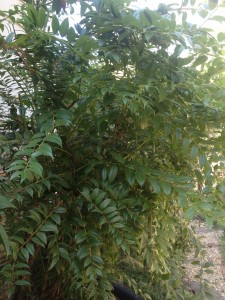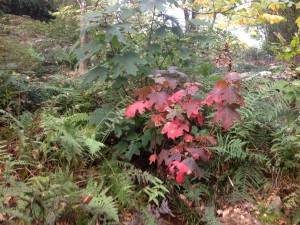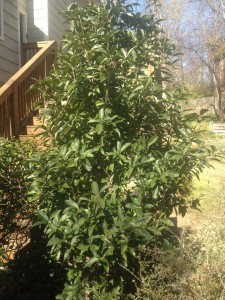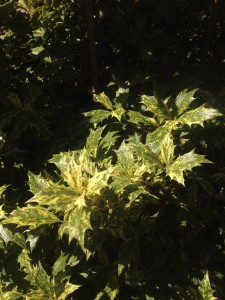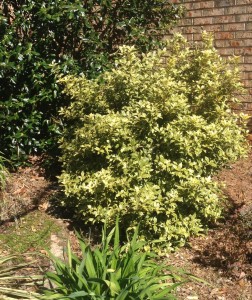Annual…Perennial…It’s okay if you can’t seem to remember which is which – that’s our job! So, for all of you that are perennially (haha) confused and would like to finally get it straight, here’s the scoop:
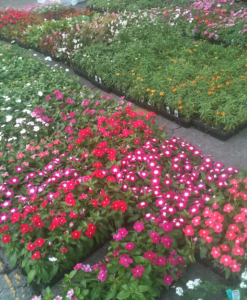
annual bedding plants…
Annual: one of those go-to plants that you put out each year – for example in your planters – (annually) a geranium, or begonia perhaps. Annuals give you a lot of bang for your buck in one fell swoop – but, when they’ve exhausted their blooming period, they are finished, kaput, done. This also applies to fall plants such as pansies and violas. We call them cool season annuals because their blooming period – (before they’re finished, kaput, done,) is the cool season, or winter. Cool season annuals just can’t take the heat, so when they’ve given it up we plant out summer annuals – think zinnias, begonias, caladiums, coleus, fan flower…all the pretty plants we buy in our frenzy of spring fever.
So, maybe that helps a little bit? Put another way, you plant annuals in the Birmingham area annually (each year – spring and fall.) Some annuals for spring/summer planting become available early in the spring and others show up a bit later and really need the heat turned up to do well. Annuals also provide lasting color – useful for the long summer season…typically, annuals in the Birmingham area begin to play out and look “tired” by mid-August though, even with the best of care. August is one tough month!
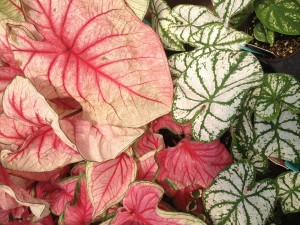
Caladiums…
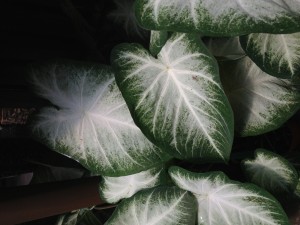
Caladium ‘Aaron’, a great choice for sun or shade
Here’s a small sampling of some great annuals for Birmingham and surrounding areas – this is just the tip of the iceburg, however. For more inspiration, check out our Facebook page too, or better yet, stop in!
Dragonwing begonias – sun or shade, with adequate water they get huge!
Caladiums – traditional shade plant, now many selections are available for sun too. Pretty mixed with asparagus or other ferns, begonias, Sunpatiens, torenia or any other flowering annual that compliments the color of their leaves. They’ll do best if you wait to plant in garden beds until the ground is warm, usually by May.
Coleus – beautiful colors! Another that used to play only in the shade, now many varieties are used in full sun plantings. Very useful as an accent foliage in beds or containers, they can get very large! It’s quite easy to keep them at whatever size you’d like, though. Simply pinch when young or cut them back if they get out of hand! Check the tag for sun tolerance.
Gomphrena – This one may not be familiar to you. A heat lover, it has globes of purple, orange or sometimes pink flowers, and is long lasting and tough. It never looks like much in a pot so you’ll have to trust us on this one – but if you do, you won’t be sorry …and they’ll still look good in August!
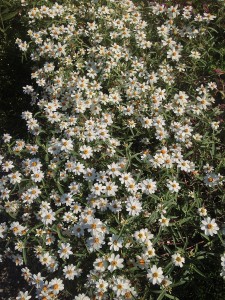
narrow leaf zinnias come in white, yellow, orange and a mix…
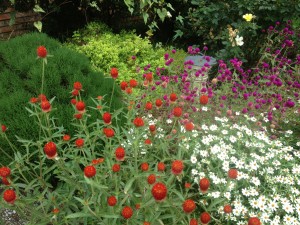
Gomphrena & narrow leaf zinnias in a hot, sunny bed
Zinnias – There are many varieties of zinnia from the tiny flowered narrow leaf zinnia to the more open Profusion and Zahara zinnias, and they all love the heat. Don’t be afraid to cut them back if they become rangy mid-summer. If you do, they’ll also still be looking good in the latter part of the season.
Vinca – this one is the absolute easiest, most fool proof annual to use for a lot of color in hot spots. Plant them and don’t baby them with too much water. They’ll reward you with loads of pretty blooms in clear colors. There’s also a trailing vinca as well. As with caladiums, don’t plant too early in the ground.
Sunpatiens and New Guinea impatiens – these are the types of impatiens that are resistant to downy mildew which is affecting bedding plant and double impatiens in our area. They are only available in larger pots, but you don’t need as many of them since you can space them further apart in your beds. In containers they make quite a show too!
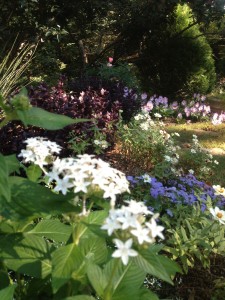
white pentas still looking fresh in this late summer photo
Pentas – the butterflies love pentas and these come in so many colors. Bright red, white, light and dark pink, lilac – there’s a color for everyone! To maintain pentas, you need only keep them deadheaded – keeping the old blooms cut off. If you haven’t tried these, you’re in for a treat!
Lantana – The old stand-by for sun and heat. There are many good selections of lantana now and growth habit varies – some will get enormous, (tall and wide) while others will stay more mounding and compact, so always check the tag for size. Particularly nice for planters are the trailing varieties which come in bright yellow, white and lavender. They take a while to take off, but once the heat sets in they spread like crazy!

heat loving lantana…
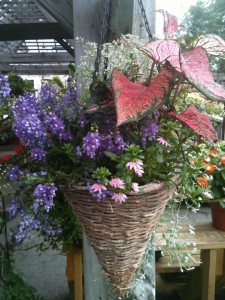
This hanging basket for sun includes a sun loving caladium, angelonia, pink fan flower, trailing silver dichondra, and an airy white euphorbia…
Angelonia – Sometimes called summer snapdragon because of the shape of the bloom, angelonia is a good choice to add some height in beds and containers. Strongly upright in growth, but loose enough to not look stiff, it’s a welcome addition to our summer plant palette. Hybridizers have been working overtime improving color, bloom size and heat tolerance, making these beauties one of the newer go-to plants for summer plantings, adding shades of purple, pink, lilac and white.
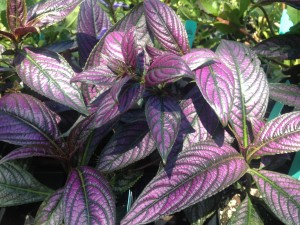
Persian shield…
Strobilanthes/Persian Shield – This foliage plant is an excellent annual, like the caladium, that is useful as a foliage accent in plantings. In the ground or in pots, it is gorgeous!
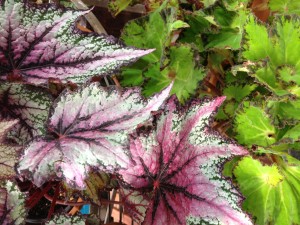
Rex begonias…
Rex Begonias – Another great foliage accent in many leaf patterns. Good for shade planters primarily. Technically a houseplant, but I couldn’t resist putting another foliage option in this post!
We’ll discuss perennials (they’re the ones that come back if they’re in their happy spot.) in a future post. Meantime, maybe there are one or two annuals on this list you haven’t tried – maybe it’s time!
– Posted using BlogPress from my iPhone

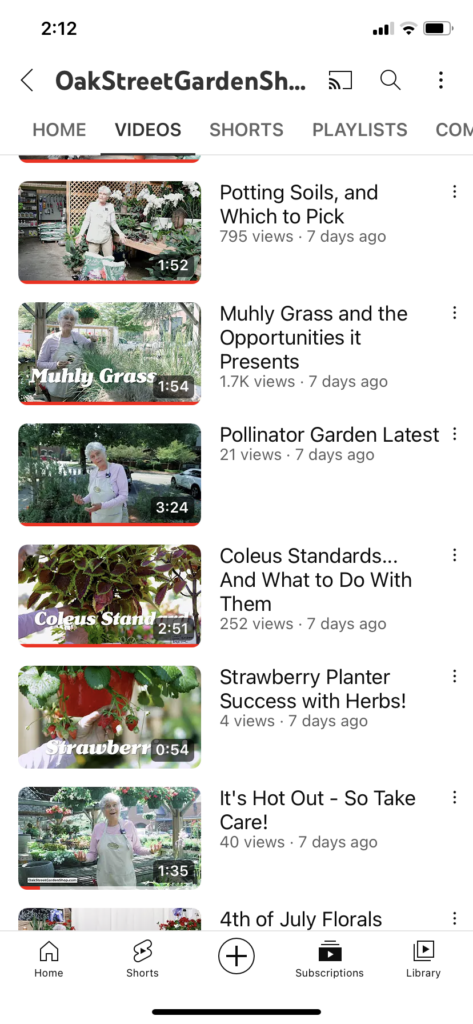

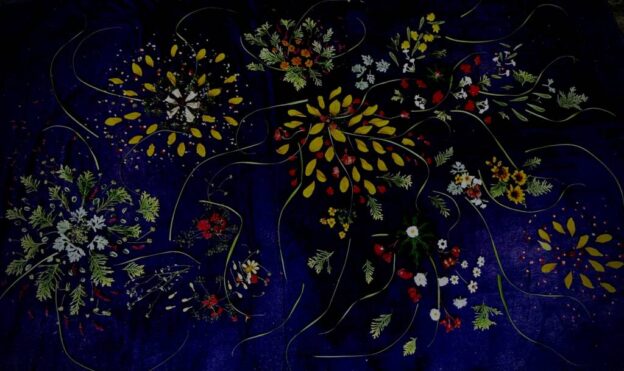

 Our 2023 Floral Fireworks creation, using petals, leaves and grasses from the garden. Nature’s bounty celebrated!
Our 2023 Floral Fireworks creation, using petals, leaves and grasses from the garden. Nature’s bounty celebrated!
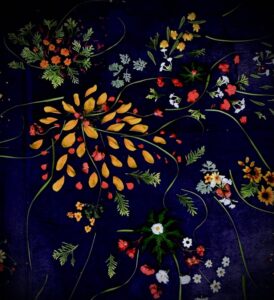
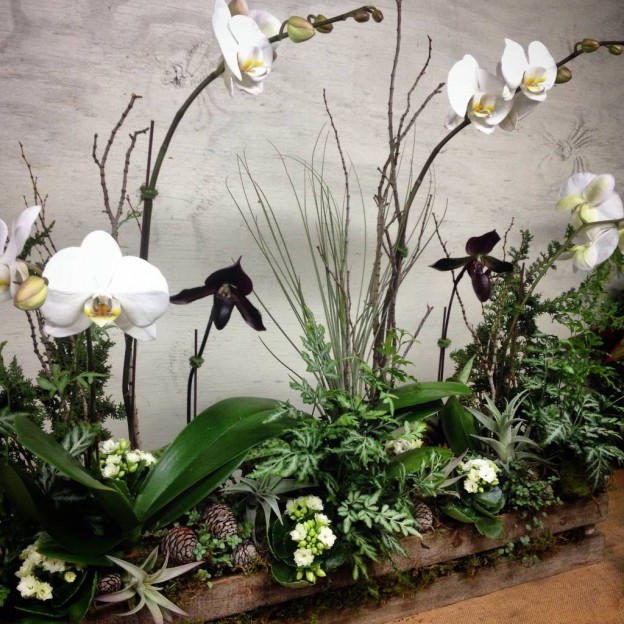
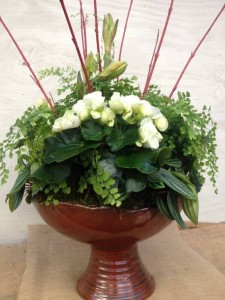
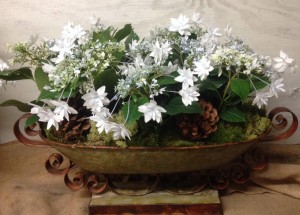
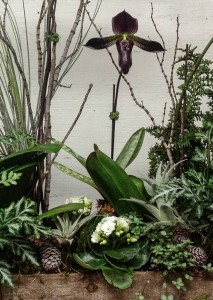
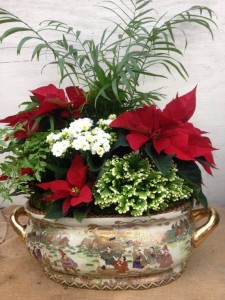
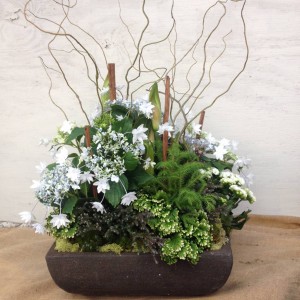
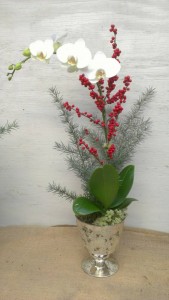
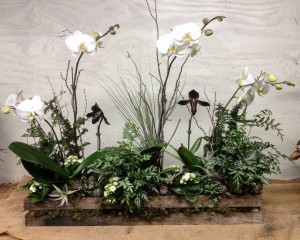
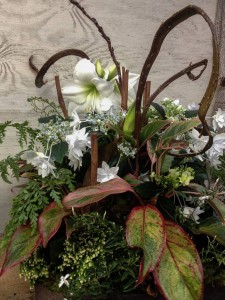
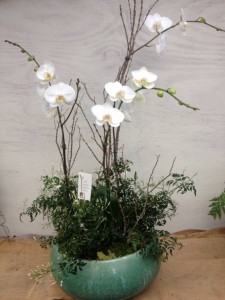
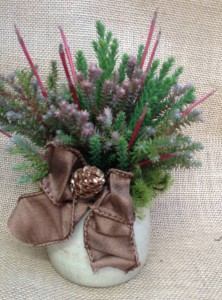

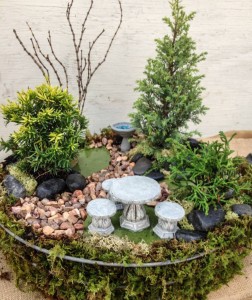
 Here also are pictures of a couple of groupings I pulled together to give you an idea of what is available as of October, 2014. In the first picture, left-right and front-back, they’re as follows:
Here also are pictures of a couple of groupings I pulled together to give you an idea of what is available as of October, 2014. In the first picture, left-right and front-back, they’re as follows: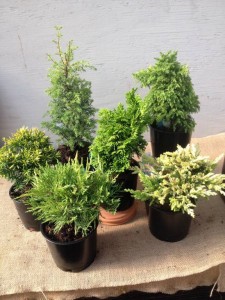 Interesting choices, right? Here’s another grouping, again L-R and front-back:
Interesting choices, right? Here’s another grouping, again L-R and front-back: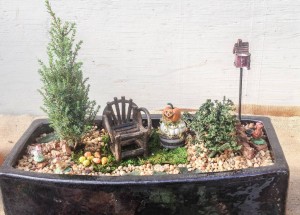
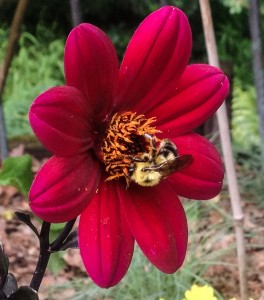 Neonicotinoides…a long word and one you may not be familiar with. However, it describes a class of chemicals found in many of the garden products you may have in your garage right now. We want to give you more information about this because, even though they’ve been approved by the EPA, independent studies have found links between these systemic insecticides and harm to honeybees, with research suggesting these chemicals may make honeybees more susceptible to parasites and pathogens. These chemicals work systemically, that is, being taken up through the roots of various plants you may be spraying or applying granular products to. We hope the links below will be helpful in your understanding of this issue.
Neonicotinoides…a long word and one you may not be familiar with. However, it describes a class of chemicals found in many of the garden products you may have in your garage right now. We want to give you more information about this because, even though they’ve been approved by the EPA, independent studies have found links between these systemic insecticides and harm to honeybees, with research suggesting these chemicals may make honeybees more susceptible to parasites and pathogens. These chemicals work systemically, that is, being taken up through the roots of various plants you may be spraying or applying granular products to. We hope the links below will be helpful in your understanding of this issue.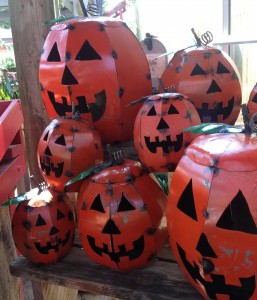 Halloween will be here soon, and Saturday, October 26th, we’re having a
Halloween will be here soon, and Saturday, October 26th, we’re having a 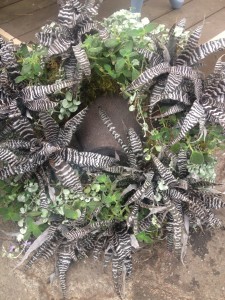
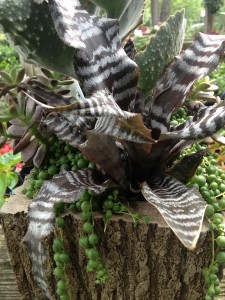
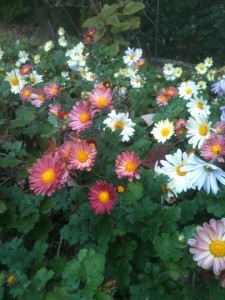
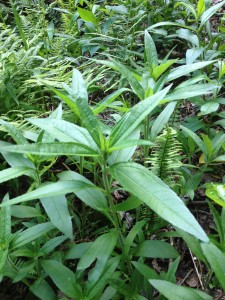

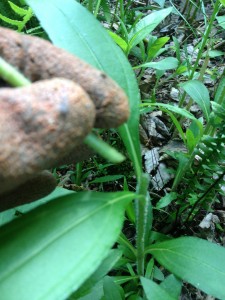
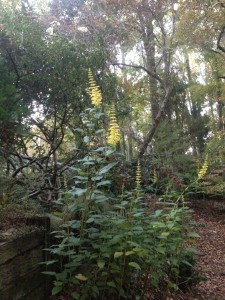
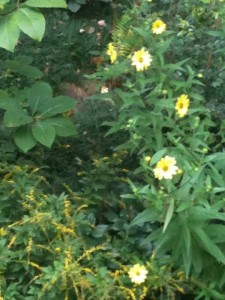

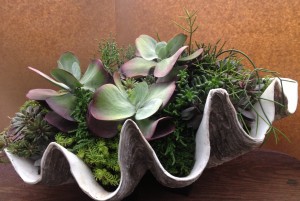 WOW! A customer brought this in the other day and I was the lucky one that got to plant it up! This clam shell is the real deal…a beautiful, large piece of natural art that had found its way to us.
WOW! A customer brought this in the other day and I was the lucky one that got to plant it up! This clam shell is the real deal…a beautiful, large piece of natural art that had found its way to us.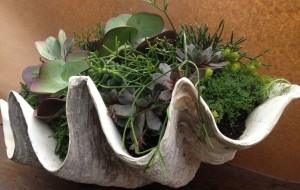
 Some of you may know that the owner of Oak Street Garden Shop, Billy Angell, recently moved into a new house on Euclid Avenue – quite visible to all of you who live in the area! Coming from his old house at which he’d created an extensive woodland, cutting, vegetable, and herb garden was quite a drastic change. This yard is nice and flat, but that was pretty much it. Now, if you know Billy, you also know that a nice, flat yard is one thing, but he needs a few plants out there too!
Some of you may know that the owner of Oak Street Garden Shop, Billy Angell, recently moved into a new house on Euclid Avenue – quite visible to all of you who live in the area! Coming from his old house at which he’d created an extensive woodland, cutting, vegetable, and herb garden was quite a drastic change. This yard is nice and flat, but that was pretty much it. Now, if you know Billy, you also know that a nice, flat yard is one thing, but he needs a few plants out there too!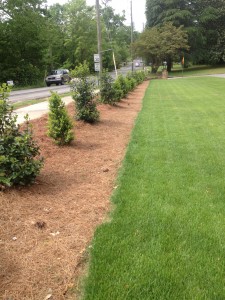


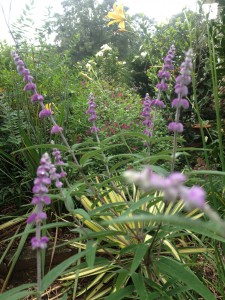
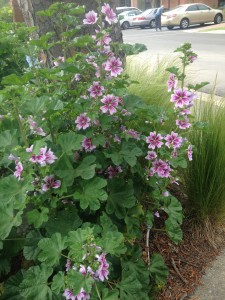
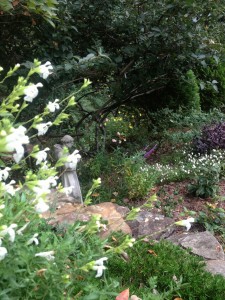
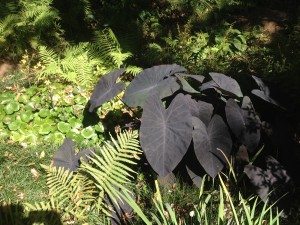










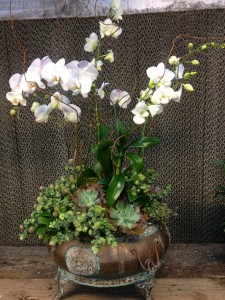

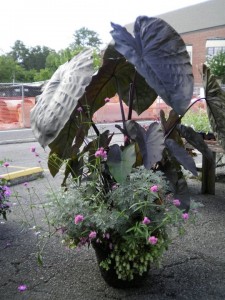
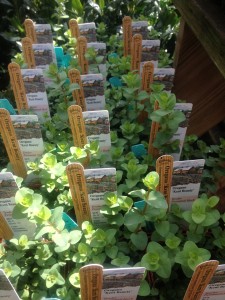
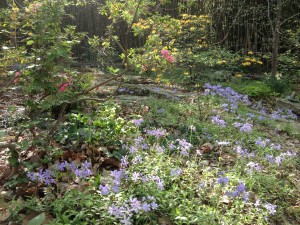
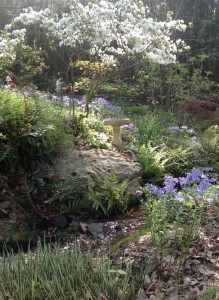
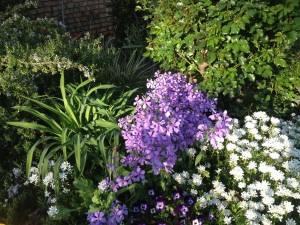
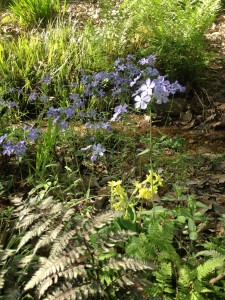
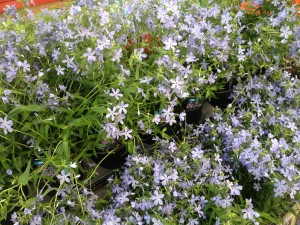

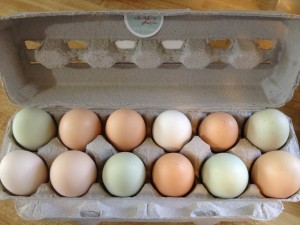


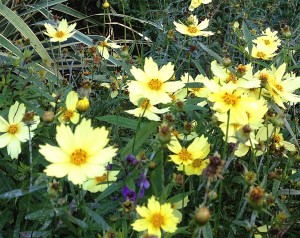
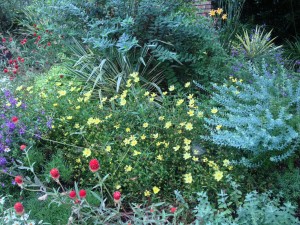

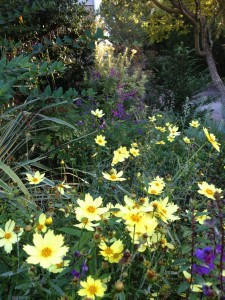
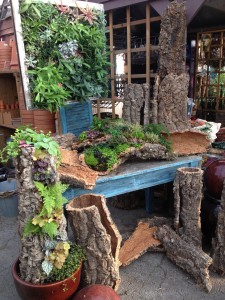
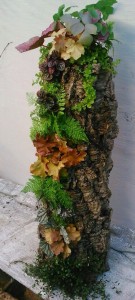
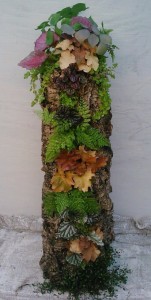 The tall one that Jamie planted utilizes houseplants which work very well in shaded areas through the summer, and some perennials. This piece will take filtered sun and clipping of the houseplants to maintain the balance of the planting. A pot was inserted in the bottom, planted, and then soil filled to the top, filling the opening all the way up to create a cool vertical piece.
The tall one that Jamie planted utilizes houseplants which work very well in shaded areas through the summer, and some perennials. This piece will take filtered sun and clipping of the houseplants to maintain the balance of the planting. A pot was inserted in the bottom, planted, and then soil filled to the top, filling the opening all the way up to create a cool vertical piece.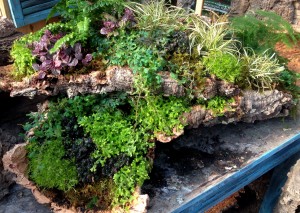 In the next planting, I took 3 of the flatter, rounded pieces and actually “stacked” them at angles, creating planting pockets and different levels and an overall shape I was pleased with. Next, perennials, including tassel ferns, ‘Metallica’ and ‘Burgundy Glow’ ajuga, golden and peacock selaginellas, Scotch moss and Carex ‘Evergold’, were added, creating sweeps of color and wispy trailers over the edges. An added bonus is that all of these plants are perennial and can be used in your landscape as they outgrow the container.
In the next planting, I took 3 of the flatter, rounded pieces and actually “stacked” them at angles, creating planting pockets and different levels and an overall shape I was pleased with. Next, perennials, including tassel ferns, ‘Metallica’ and ‘Burgundy Glow’ ajuga, golden and peacock selaginellas, Scotch moss and Carex ‘Evergold’, were added, creating sweeps of color and wispy trailers over the edges. An added bonus is that all of these plants are perennial and can be used in your landscape as they outgrow the container.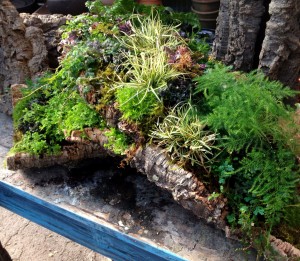 Both of these have been lined before planting but will drain over the edges in the case of the stacked pieces and down through the bottom of the planting in the tall piece. We picture them in areas of restful shade, adding their green presence to woodland surroundings…We hope you enjoy our creations as much as we enjoyed making them!
Both of these have been lined before planting but will drain over the edges in the case of the stacked pieces and down through the bottom of the planting in the tall piece. We picture them in areas of restful shade, adding their green presence to woodland surroundings…We hope you enjoy our creations as much as we enjoyed making them!